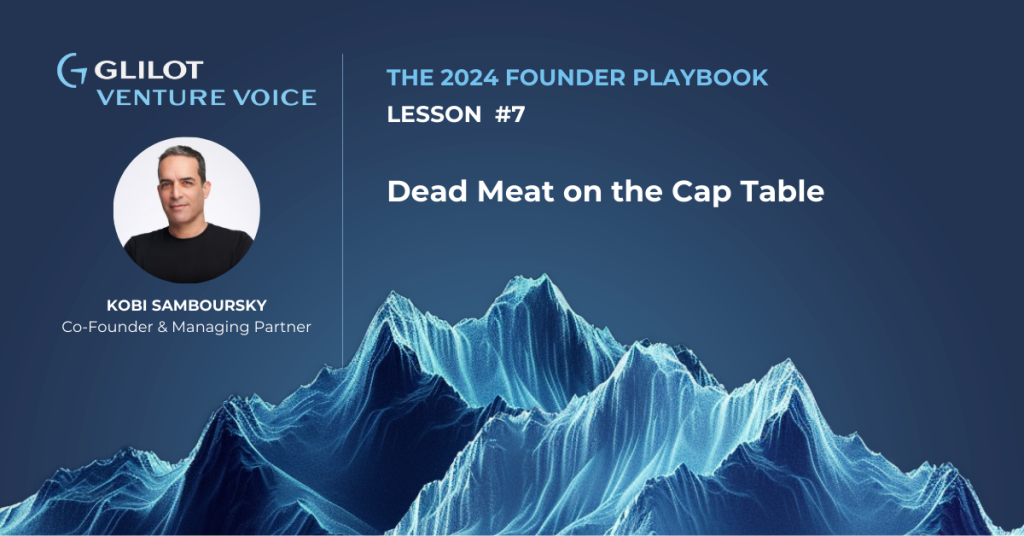Why Did We Lead a $6M Investment Round With Genoox?

(Hebrew version on The Marker: http://www.themarker.com/techblogs/kobi/1.4260308)
The Story Behind the Investment in Digital Health, the First in Glilot’s Portfolio
Those who are familiar with our firm may raise an eyebrow. To date, Glilot Capital Partners has invested in almost 20 young start-ups focused on developing smart technology for organizations and corporations (Enterprise Software), predominantly in the fields of cyber security, advanced marketing technologies, and DevOps.
Prior to our Genoox investment, we had never invested in the medical field. Our ability to serve as an expert in the space our investments occupy is fundamental for us as a venture capital fund. For years, we never feared denying a company an investment even if we were certain the company would succeed, with the only reason being that they weren’t operating in a field in which we could use our expertise to its fullest effect. So what is different this time? Why did we deviate from our standard practice? And why specifically with Genoox?
“Software is eating the world”
Marc Andreessen (a leading American investor and entrepreneur) coined this popular phrase in 2011, attempting to describe succinctly the phenomenon of software taking over our lives. Since then, software continues to consume every possible part of our lives, and is changing the models of many industries — from the vehicle industry, to the financial sector, and even reaching the medical world.
Doctors today are overwhelmed with data — data on the patient, data on various possible treatments, and the data that emerges from all of the medical devices they use. Along with this, doctors have very little time to analyze all the information they receive, and therefore, the new generation of medical companies will be characterized by their ability to analyze information in an efficient and personalized manner. Companies that fail to use the vast amounts of data that are regularly produced (both by the medical institution and by the patients themselves), and draw relevant insights from them, will be left behind. Medical service providers, drug companies, and medical equipment manufacturers are now required, as early as it may seem, to reexamine their traditional business and operational models and adapt them to a medical world where everything is already connected to the network, pro-active, and customized.
It is difficult to discuss the digital health revolution without mentioning the genomic revolution that is triggering an enormous shift in the world of research and medicine. When we first met with the founders of Genoox, we quickly understood the magnitude of this revolution, and felt that we found the right team to invest in. Genoox, a young start-up founded by Amir Trabelsi and Moshe Einhorn, is developing a comprehensive platform for processing and producing insights from genomic information (information derived from human genome mapping/sequencing).
So why did we choose to invest particularly in them?
The answer, as always in life, is complex.
As early stage investors, we attribute great importance to the people behind the company, the founding team. The team is the most important element in every young company, and is central to our decision in every investment. We received warm recommendations for the entrepreneurs from trusted sources in our network, and from the first meeting it was clear to us that Amir and Moshe were a team we would like to collaborate with. They are wise, visionary, hungry, knowledgeable about their field, and are open to new ideas. This is a team that works in harmony and complements each other perfectly — with management and execution capabilities, their extensive expertise in artificial intelligence (AI) and Big Data, and an extensive academic and practical knowledge in bioinformatics.
But an excellent team on its own is not enough. A promising company must hold a long term vision that is particularly visionary in an area characterized by accelerated growth — and Genoox undoubtedly has such a vision.
So how does a Venture Capital fund determine whether to invest in a company?
Every due diligence process (the fund’s examination process prior to making the investment) begins with market research. Just as the medical industry as a whole is undergoing a revolution due to the adoption of innovative digital technologies, so too is the world of genetic mapping, which is characterized by its dizzyingly rapid advancement in technology.
In recent years, the complete mapping of a human genome has become faster, more accurate, low-cost, and, at the bottom line, relatively accessible:
- A process that cost $10 million only 10 years ago, is priced in the thousands today (and some predict it will drop to the hundreds in the next decade)
- A process that once required 15 years and a consortium of laboratories now only requires a few hours to a few days using a single machine (and a new machine has recently been unveiled that could perform the process in as little as one hour)
Because of these advancements, the amount of information and insight derived from genomic mapping is growing at an astounding rate. Such developments hold great economic potential, and have already led to the birth of an independent industry with a unique expertise. For example, Illumina, the American company that develops the most popular machines for human genome mapping, has tripled in value in recent years and is presently valued at over $25 billion.
We are in the midst of a revolution in P4 Medicine (Personalized/Precise, Predictive, Preventive, and Participatory). In simple words: We, dear readers, are in the midst of a revolution that will transform the traditional medicine we have known to date into digital medicine that is more personal and accurate than ever before.
The Genoox secret sauce — the world will never be the same.
Imagine a world where every newborn is mapped from birth. From this moment on, various medical procedures will be designed and implemented depending on the unique genome structure of the individual patient (personalization); high-risk patients or patients with rare diseases will have a greater understanding of the risk they are exposed to, and will be able to emotionally process and prepare for it earlier in their lives; parents will discover the likelihood of passing on genes that may lead to the development of diseases in their future children; and drugs will be adjusted in their composition and dosage to specific patients or groups of patients, in a way that increases their effectiveness and reduces the side effects that accompany them.
Even if these scenarios are far off, mapping and analyzing the human genome has practical implications for the health of millions of people around the world, for instance, around identifying the genetic origins of thousands of different diseases and developing effective medicine to treat them.
It sounds amazing — in theory. However, contrary to the impact of the increase in the usage of at-home mapping systems for genetic samples (such as 23andMe), most companies do not use full genome sequencing, as it is a complex and expensive process. Rather, they focus on tests aimed at identifying an individual’s ancestry and family tree, or, if the mapping is for a clinical study, they focus on very specific mutations. As a result, they are likely to miss significant clinical research insights. The situation is improving in laboratories and in research institutes, but the genetic information produced by the mapping machines — such as that of Illumina — is not presented as an organized report, as is expected from a respected consulting firm. The information is presented in a complex, unorganized, amateur, at times repetitive, and extremely lengthy manner (a FASTQ file containing a mapping of a single genome may contain hundreds of gigabytes), requiring the professional on the receiving end to spend hours deciphering the complex and cryptic text — in addition to the expected need of analyzing and interpreting all existing mutations in the genome based on the data. This entire analyzation and deciphering process is all done manually, making it extremely complicated, cumbersome, and expensive.
Investors are searching for complete and widely applicable solutions
The investment process consists of an extensive examination of the company’s competitors: who they are, what they are offering, and at what stage they currently exist. In comparison to many of today’s existing solutions, Genoox provides a holistic, end-to-end solution: It takes the information produced by the genetic mapping machine, effectively stores it (in order to handle the information load and to reduce costs), filters “noises” and errors, compiles and arranges the information, and finally, processes it.
The system uses cloud computing and advanced machine learning algorithms in order to efficiently extract the most relevant information from the raw data, and to make it accessible intuitively, allowing physicians and researchers to use the information, gain insight, and make decisions quickly and easily.
Genoox does not operate in a vacuum, and knows how to match raw information with additional medical information, while scanning and collecting millions of data points inside and outside the organization (including the latest scientific research literature) to ensure that the doctor or researcher’s spotlight is illuminating the most relevant dark corners within our genome. These capabilities allow for significant cost reductions that can amount to up to 90% of the total cost associated with the handling and analysis of genomic information.
As with other companies in which Glilot has invested, here too we wish to ensure that the market is ready to take on the power of innovation that Genoox brings with it. The fact that the company already has initial customers who love the product, use it, and benefit from it on an ongoing basis — which translates into a significant effect on patients’ lives — provides us with another indication that we are “on the right path.”
They don’t call it venture capital for nothing.
Yes, Genoox is a young company. As with any such investment, the risk is very high. I have no doubt that there will be many more challenges ahead. Will the company succeed? It is difficult to predict, but we believe that if there is a team capable of realizing the ambitious vision we’ve shared here — this is the team. This team is not only in the right place, but also here at the right time, in a market that is growing at an extraordinary rate.
Alongside the financial considerations that drive our decision-making, the opportunity to invest in technology that has the potential to improve people’s lives in the most basic sense, and perhaps even save lives, is another incentive that pushed us to make the decision. We believe a great future lies ahead of Genoox. It can accelerate the implementation and utilization of genome mapping technology and become a significant building block in the digital revolution of the medical sector — in Israel, and around the world.
One thing is certain — the journey will be an interesting one! We hope it will contribute to the development of other breakthrough Israeli technologies that will positively affect the health and lives of people around the world.


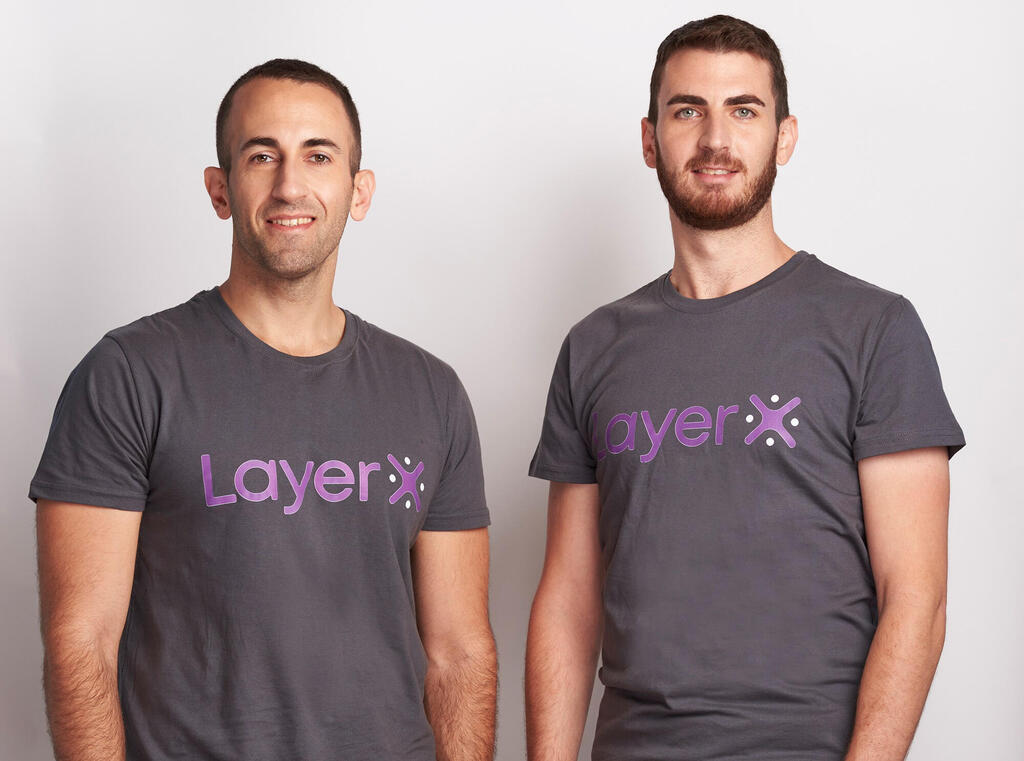
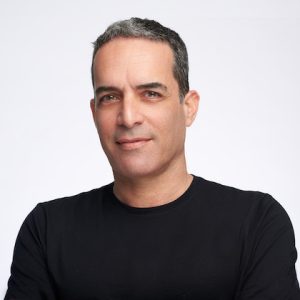 Kobi Samboursky
Kobi Samboursky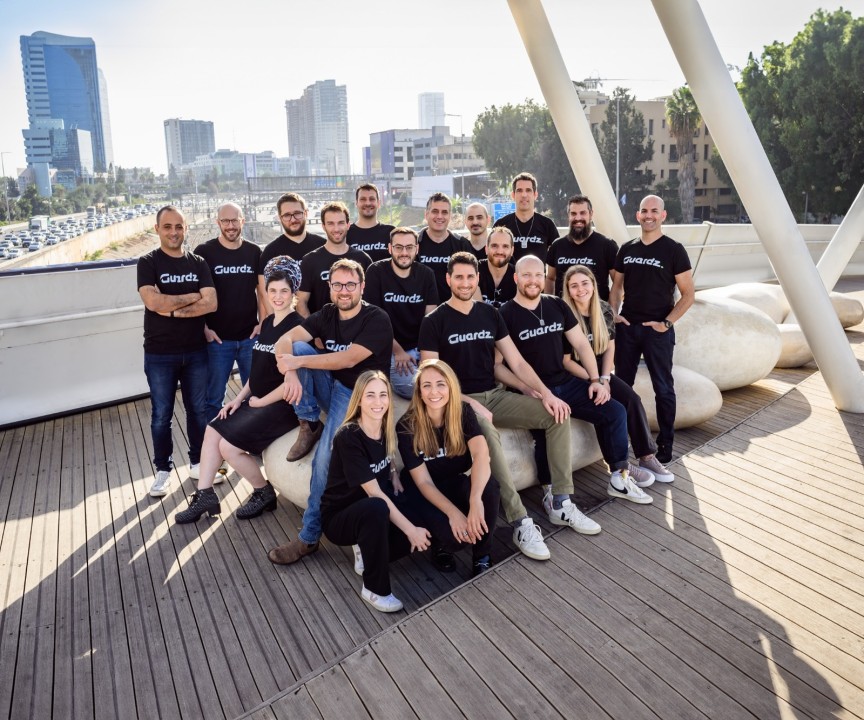
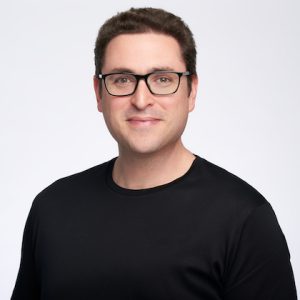 Lior Litwak
Lior Litwak